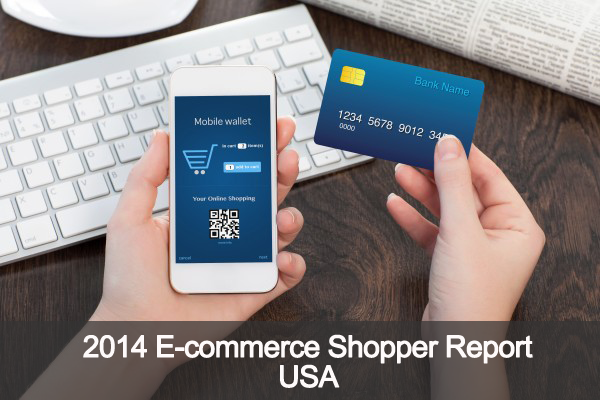US$ 495
US retail ecommerce will continue its torrid growth in 2014, with sales forecast to rise 15.5% to $304.1 billion. Of the 219.4 million internet users in the US ages 14 and older, eMarketer expects 163.2 million or 74% to shop online this year.
Like most other consumer goods, luxury goods are increasingly being sold through internet retailing in the US. E-commerce channels outperformed the market as a whole in 2013 and further growth in internet retailing is expected in the coming years.2
- The Agility Affluent Insights 2014 was conducted online among 153 affluent e-commerce shoppers in the US.
- The respondents were representative of the online population in terms of age and gender, aged 18-59 years old.
IN THIS REPORT
Value adds: In-depth data on seven categories and excel tables covering more than 250 luxury and premium brands
- The Affluent in Asia
- What does luxury mean to Affluent Asians?
- Study methodology details and Affluent definitions
- 360 Degree Approach to Understand the USA’s eCommerce Shoppers
- Demographic profile
- Financial profile
- Psychographic profile
- Leisure profile
- Favorite online & offline shopping destinations
- Media/channels of interest
- Brands owned
- Major Wins for Marketers and Brands
- Whom to target?
- What do consumers value?
- Which channels to go for?
- Where the visibility should be enhanced?
- Accessing USA’s Affluent e-commerce Shoppers
- The Affluent Brand Purchase™ summarizes how a brand stands against its competition among the Affluent against the actual purchase in the last 12months
- The Affluent Wishlist™ forecasts the Affluent demand for premium and luxury items.
- With Affluent Engage™, brand executives and marketing strategists can identify which media-channels & entertainment platforms the Affluent find most inspiring and informative when deciding which brand to buy.
- Affluent Advocacy™ identifies how online buzz affect their brand choices – and how they contribute to the online buzz,



